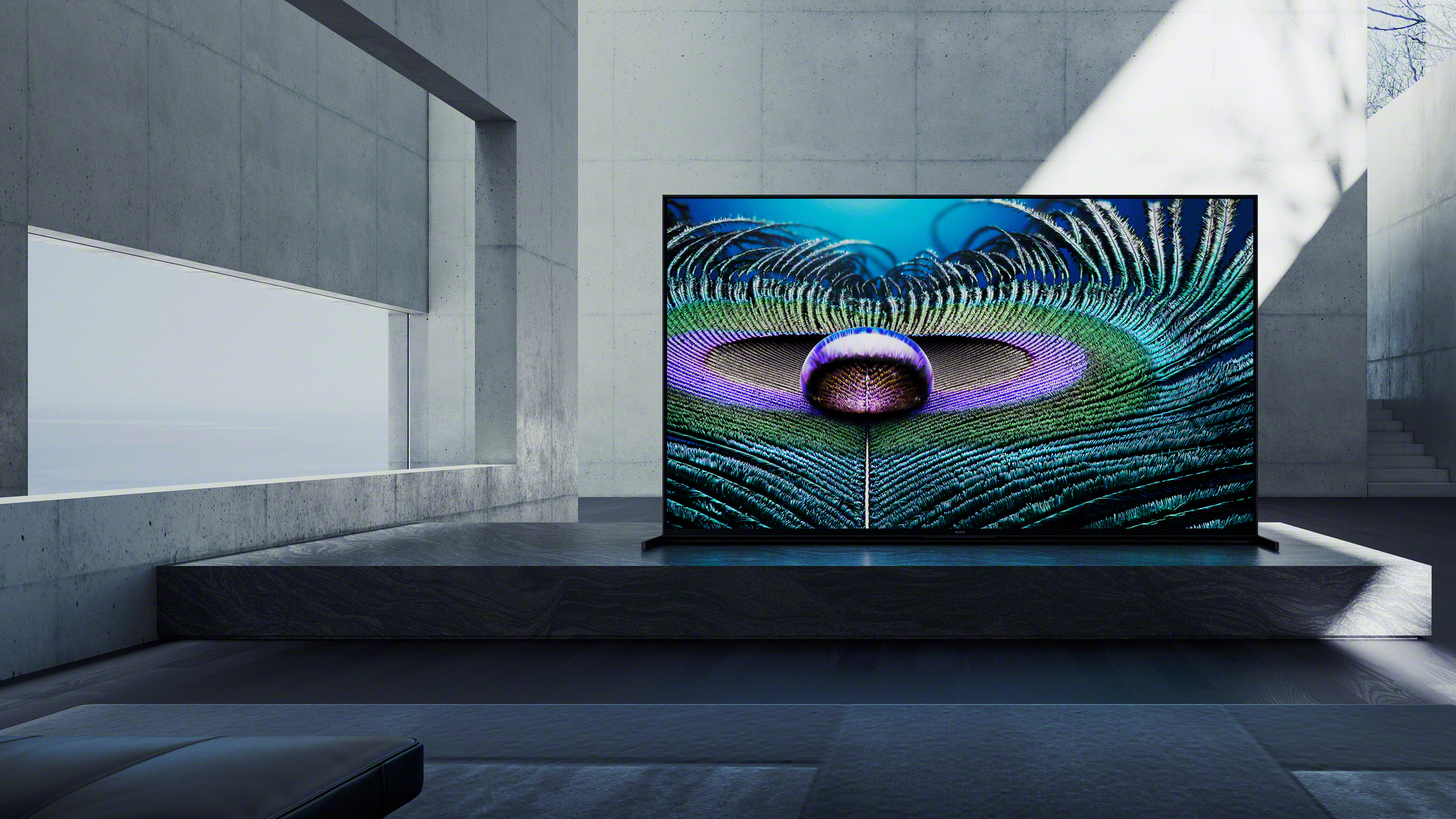

The first two 83-inch OLED TV models are now arriving in stores in Europe and North America, for those who have have the space in their homes and wallets to accommodate them. These debut sets are the LG C1 and Sony A90J, which are two of the best OLED TVs of the year, and are likely to be among the most popular models of the year… in their smaller sizes.
The news comes via FlatpanelsHD, which says that these models are likely to cost "$6000-8000 in the US and £7000/€8000 in Europe". That's certainly a steep price increase over over the 77-inch LG C1, for instance, which costs £3,999/$3,799.
To be fair, these are the first 4K OLED TVs ever to arrive in this size – previously, only the 88-inch 8K LG Z-series has been large enough to earn a place in our list of the best 80+ inch TVs – so a high price isn't unreasonable. This is, effectively, brand new technology, even if it's an evolution of existing panels.
I'm not that impressed by the value, though, and not because it's a lot of money. Hell, we rate the Samsung QN900A as the best TV on the planet, and the 85-inch version of that will set you back £11,000/$9,000. That, if my maths is correct, is more than these sets are predicted to be.
No, my problem is area. It's a quirk of the sizes that these OLED panels are being manufactured at, but the jump from 77 inches to 83 inches is a letdown. It's less than a 20% increase in total viewing area, and for that you're paying twice as much.
For comparison, the jump from the (current) smallest 48-inch OLEDs to the 55-inch models is around a 30% increase in image area. The jump from 55 inches to 65 inches gives you around 40% extra screen area. The jump from 65 inches to 77 inches is also around a 40% improvement.
So the less-than-20% improvement here is not so much a jump and more of a light hop… yet the price increase is double. I'd be on board if the new size was 88 inches, because that would give over 30% of extra viewing area compared to 77 inches, but this just doesn't feel like enough.
Get all the latest news, reviews, deals and buying guides on gorgeous tech, home and active products from the T3 experts
So my advice is not to pay much mind to the arrival of this new screen size, and to stick with the 77-inch model if you're going for a very large OLED. If you're sure you want an elite 4K TV that's over 80 inches, then the 85-inch Samsung QN95A or QN90A in the US) is the better buy, especially since it costs a positively budget £4,999/$3,799.

Matt is T3's former AV and Smart Home Editor (UK), master of all things audiovisual, overseeing our TV, speakers and headphones coverage. He also covered smart home products and large appliances, as well as our toys and games articles. He's can explain both what Dolby Vision IQ is and why the Lego you're building doesn't fit together the way the instructions say, so is truly invaluable. Matt has worked for tech publications for over 10 years, in print and online, including running T3's print magazine and launching its most recent redesign. He's also contributed to a huge number of tech and gaming titles over the years. Say hello if you see him roaming the halls at CES, IFA or Toy Fair. Matt now works for our sister title TechRadar.